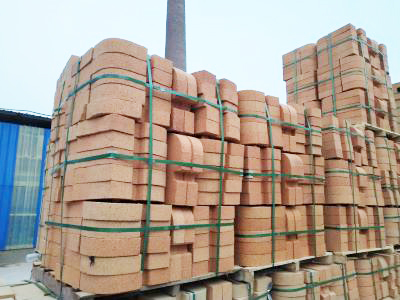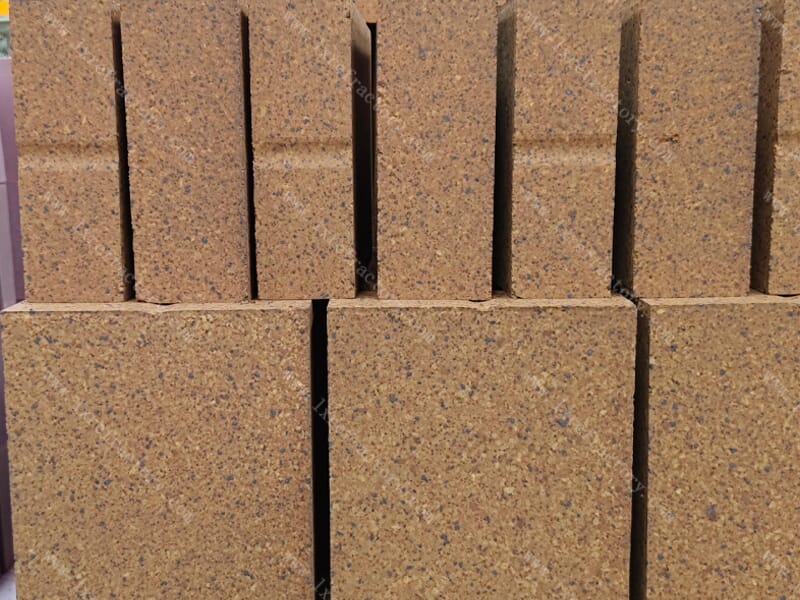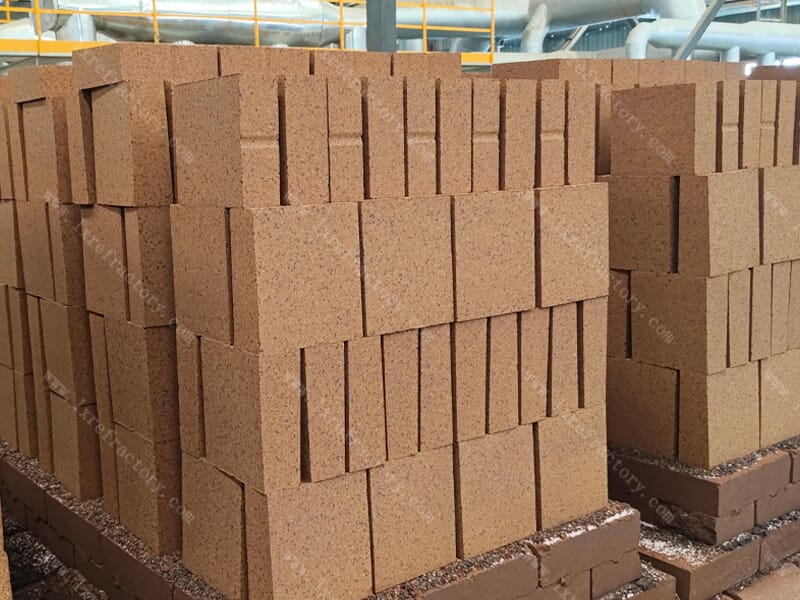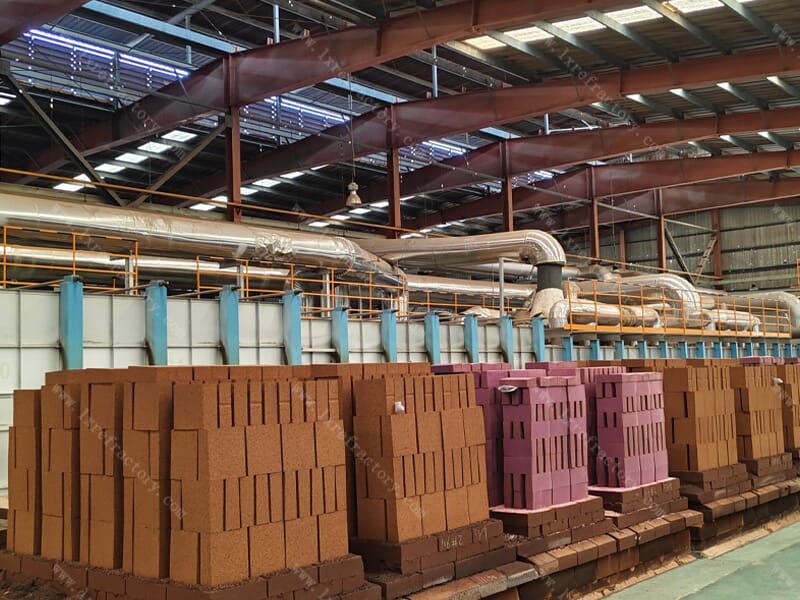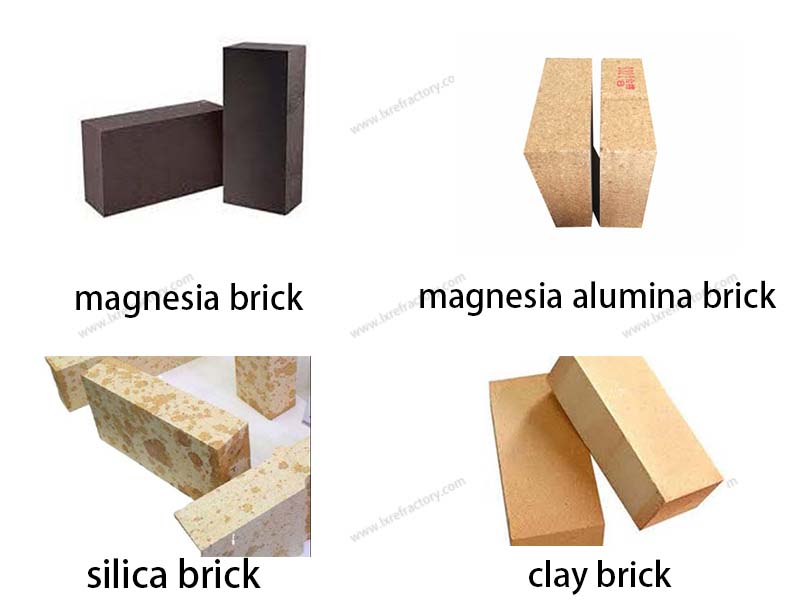Bricks are one of the oldest and most versatile building materials known to humanity. They are used in a wide variety of construction projects, from homes to industrial facilities. Among the different types of bricks, fire bricks and common bricks stand out due to their distinct properties and uses.
Fire Bricks
Fire bricks, also known as refractory bricks, are specifically designed to withstand high temperatures without breaking or losing their structural integrity. They are made from materials with high melting points, such as silica, alumina, and other compounds. These bricks are commonly used in applications where heat resistance is critical, such as in furnaces, kilns, fireplaces, and incinerators.
Key Features of Fire Bricks:
- High Temperature Resistance: Fire bricks can withstand temperatures up to 1800°C (3272°F) or more.
- Low Thermal Conductivity: They have a low rate of heat transfer, which helps in maintaining temperature control.
- Chemical Resistance: Fire refractory bricks are resistant to acidic or alkaline substances, which makes them suitable for various industrial processes.
- Dimensional Stability: Refractory fire bricks maintain their shape and size even under extreme heat, ensuring the longevity of the structure.
Common Bricks
Common bricks, on the other hand, are the most widely used type of bricks in general construction. They are made from clay and shale, which are then fired in a kiln to harden them. Common bricks are suitable for a variety of construction needs, including building walls, pavements, and other structural elements.
Key Features of Common Bricks:
- Moderate Temperature Resistance: Common bricks can withstand temperatures up to around 650°C (1202°F).
- High Thermal Mass: They have a high capacity to absorb and store heat, which can be beneficial in regulating indoor temperatures.
- Versatility: Common bricks are available in various sizes and shapes, making them adaptable to different construction requirements.
- Affordability: They are generally less expensive than fire bricks, which makes them a popular choice for many building projects.
While both refractory fire bricks and common bricks serve the purpose of construction, their distinct properties make them suitable for different applications. Fire bricks are indispensable in high-temperature environments, ensuring safety and efficiency in industrial settings. Common bricks, with their versatility and affordability, remain the go-to choice for a majority of construction projects. Understanding these differences is crucial for selecting the right type of brick for a specific application, ensuring the durability and functionality of the structure.


